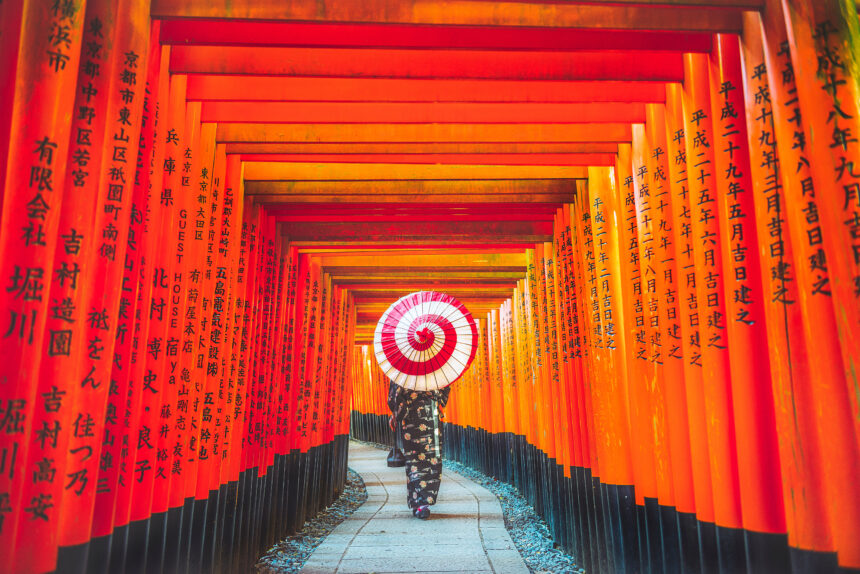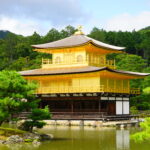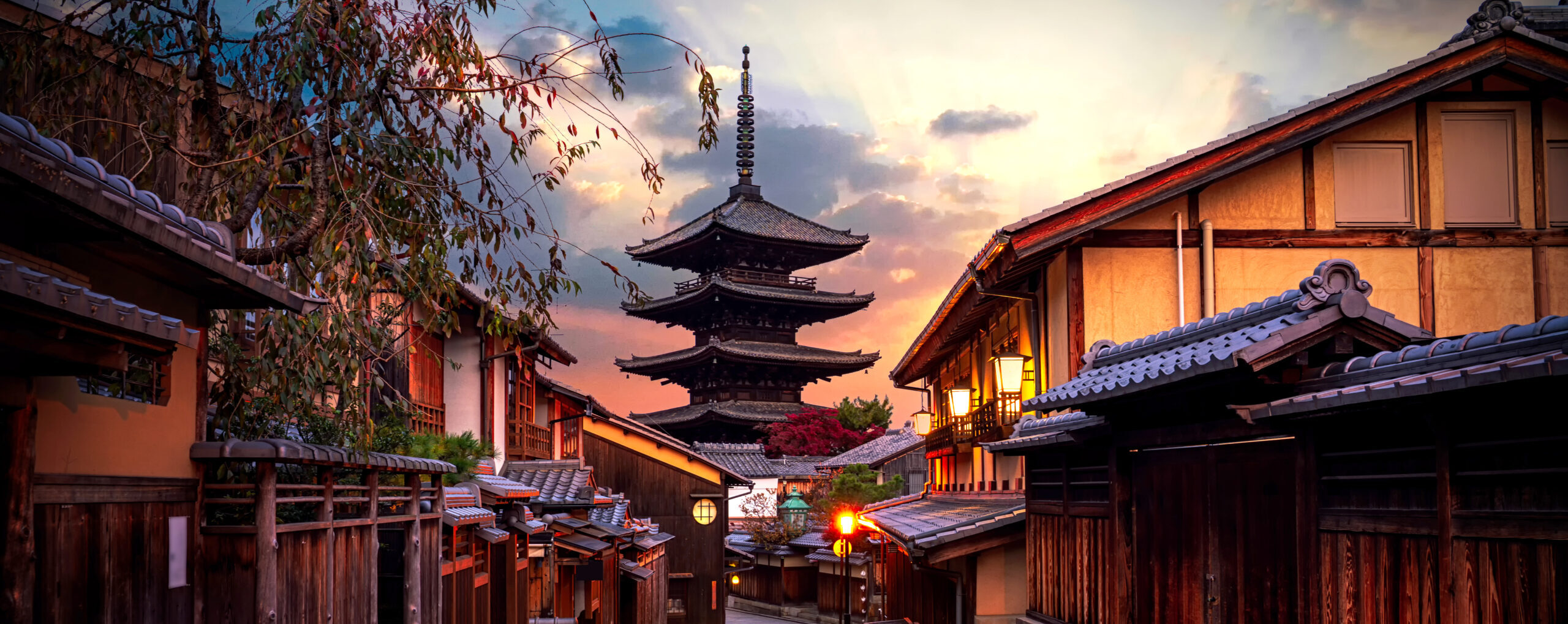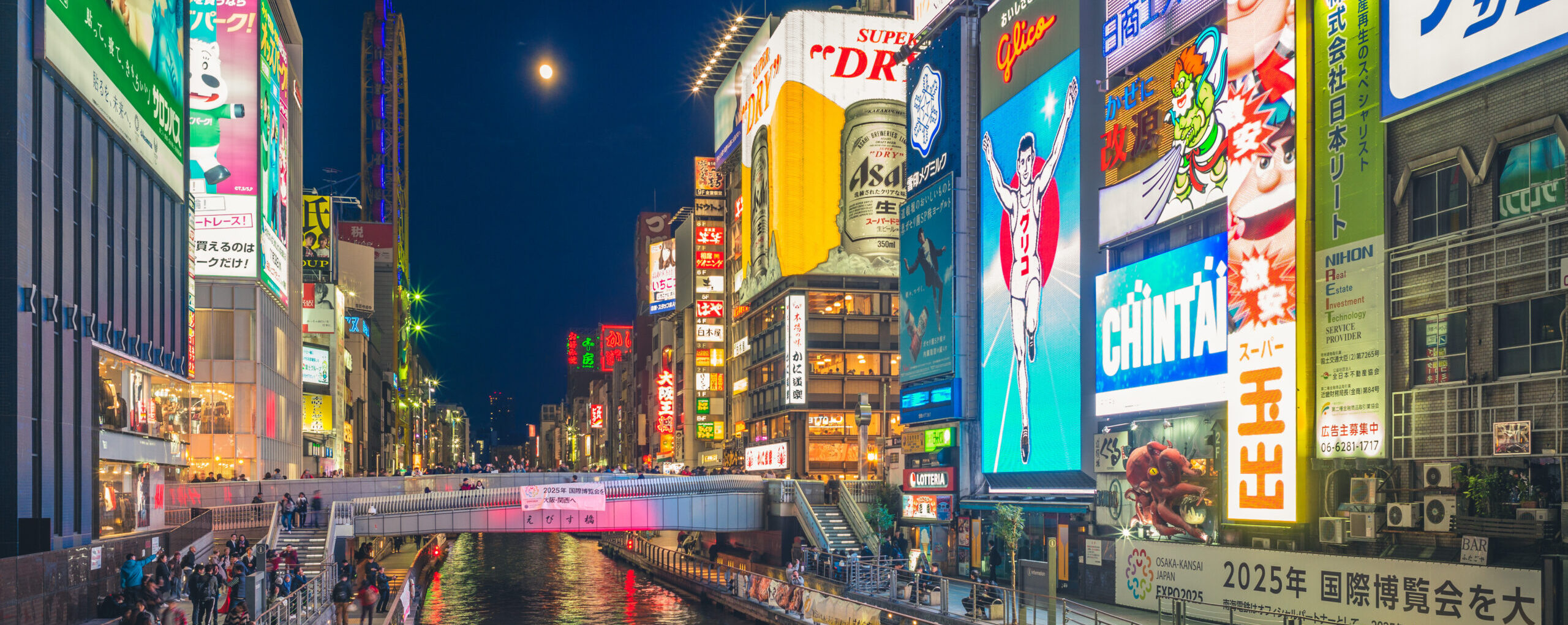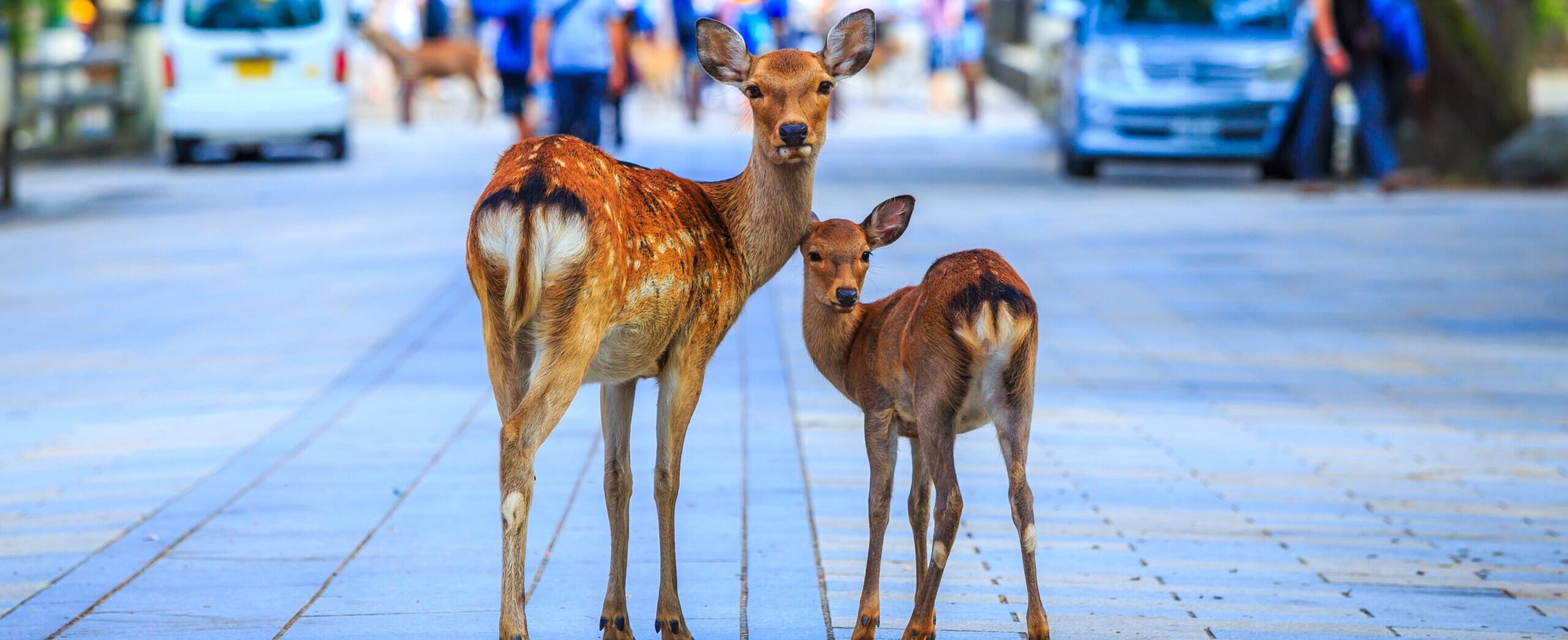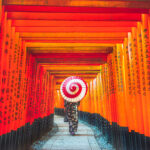In this Article
1. Overview of Fushimi Inari Taisha
Fushimi Inari Taisha is one of Kyoto’s most popular and culturally significant Shinto shrines, famous for its thousands of red torii gates that wind up Mount Inari. Dedicated to Inari, the deity of rice, prosperity, and business success, Fushimi Inari Taisha has become an iconic symbol of Kyoto. Its unique tunnel-like pathways of torii gates offer a mystical and memorable experience for visitors.
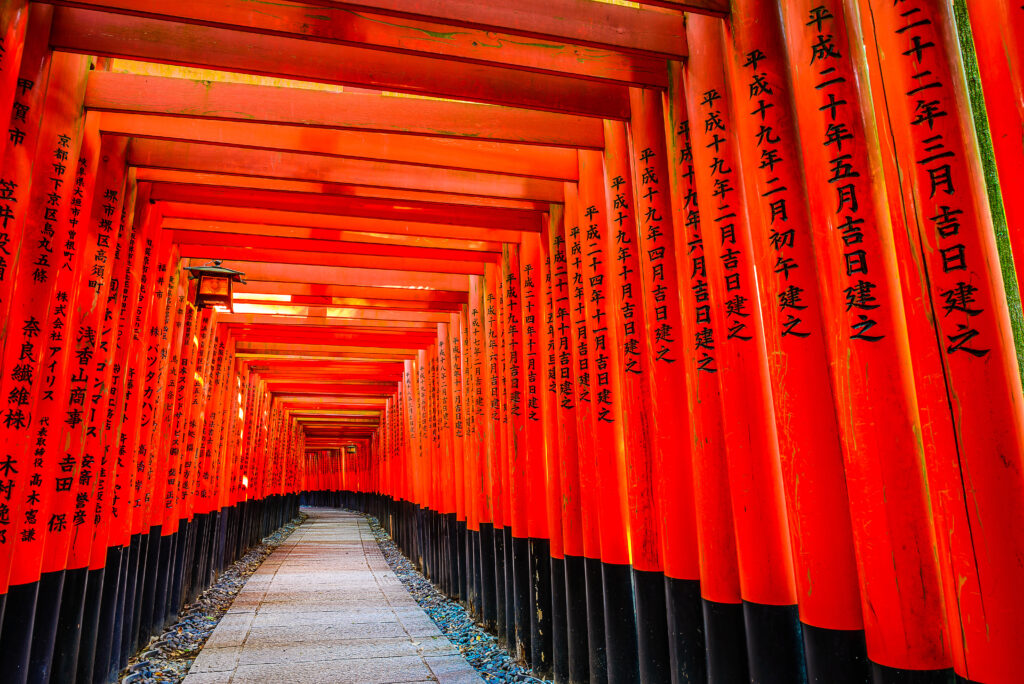
2. History of Fushimi Inari Taisha
Founded in the 8th century, Fushimi Inari Taisha is the head shrine of over 30,000 Inari shrines throughout Japan. Inari has long been revered as the protector of agriculture and industry, symbolized by fox statues often seen around the shrine grounds. These foxes, known as kitsune, are considered messengers of Inari, adding to the mystical atmosphere of the shrine.
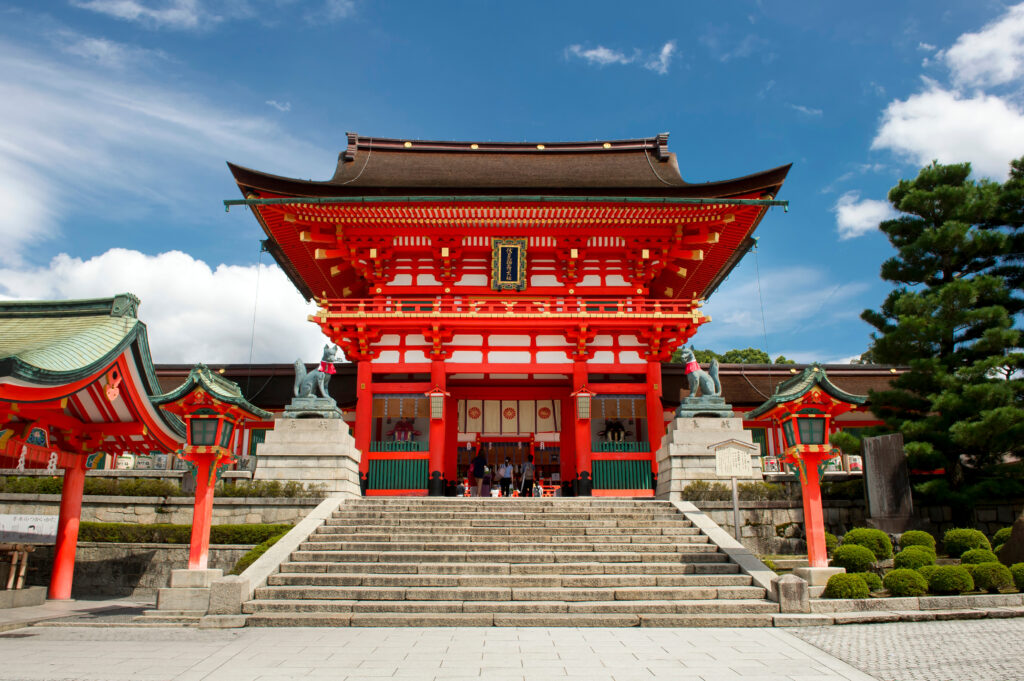
3. Highlights of Fushimi Inari Taisha
Torii Gate Pathways
The most iconic feature of Fushimi Inari Taisha is its tunnel-like pathways of vermilion torii gates, donated by businesses and individuals to express gratitude and gain favor from Inari. These gates form a scenic and immersive pathway up Mount Inari, creating a unique experience as visitors walk through the bright red gates.
Mount Inari Hiking Trail
Fushimi Inari’s grounds extend up Mount Inari, providing a scenic hiking trail with several small shrines and viewpoints along the way. The summit of Mount Inari offers panoramic views of Kyoto, making the journey both a spiritual and visually rewarding experience.
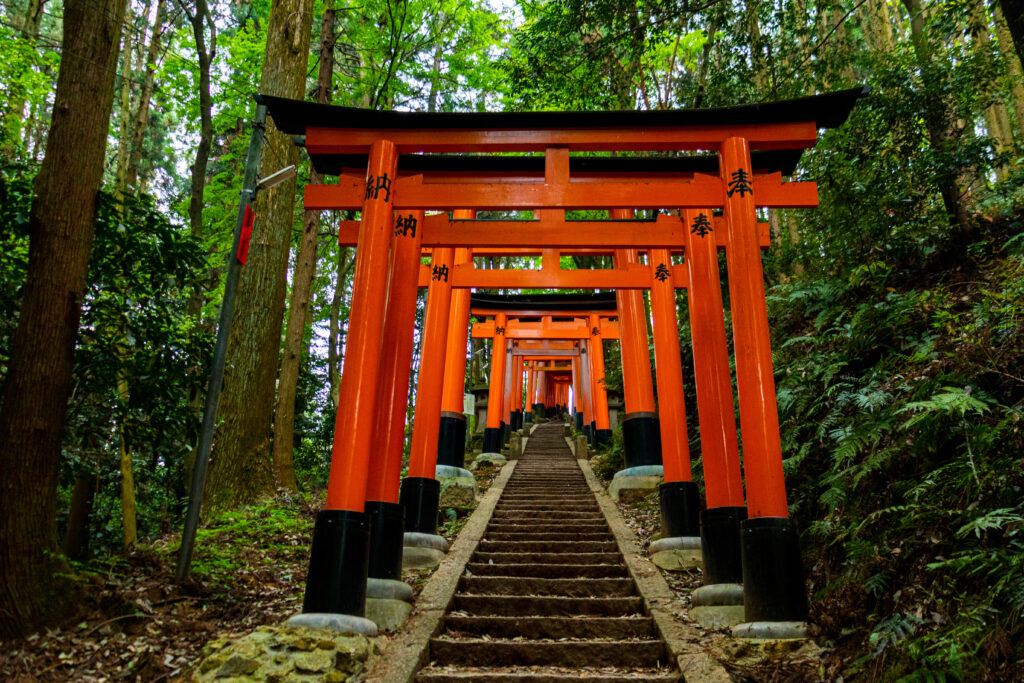
Fox Statues and Shrines
Fox statues, seen throughout the shrine grounds, are believed to be Inari’s messengers. Many of these statues hold symbolic items, such as keys or rice sheaves, in their mouths. These fox figures are a unique aspect of Fushimi Inari Taisha and reflect the rich folklore surrounding the shrine.
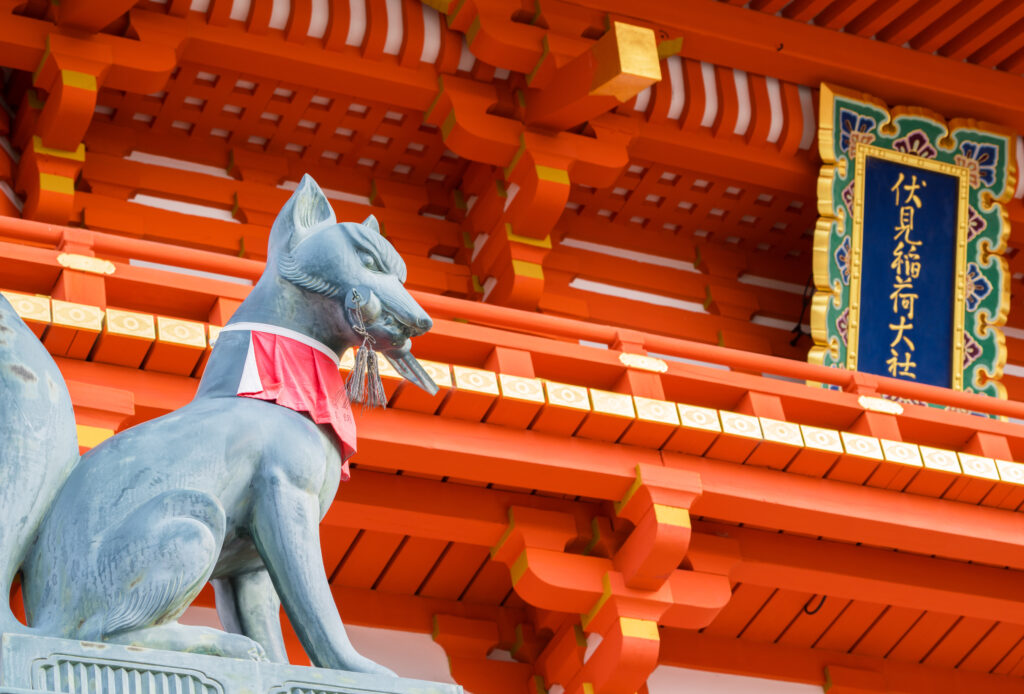
4. The Allure of Fushimi Inari at Night
Fushimi Inari Taisha takes on a mystical allure after sunset, drawing visitors into a serene and slightly mysterious atmosphere. The iconic red torii gates are softly illuminated, casting long shadows that give the pathways a dreamlike quality. As you walk up the trails, the quiet night amplifies the beauty of the shrine and enhances the spiritual energy of the journey. Visiting at night offers a unique, tranquil experience that contrasts with the bustling crowds during the day, allowing for a peaceful and contemplative journey through this sacred site.
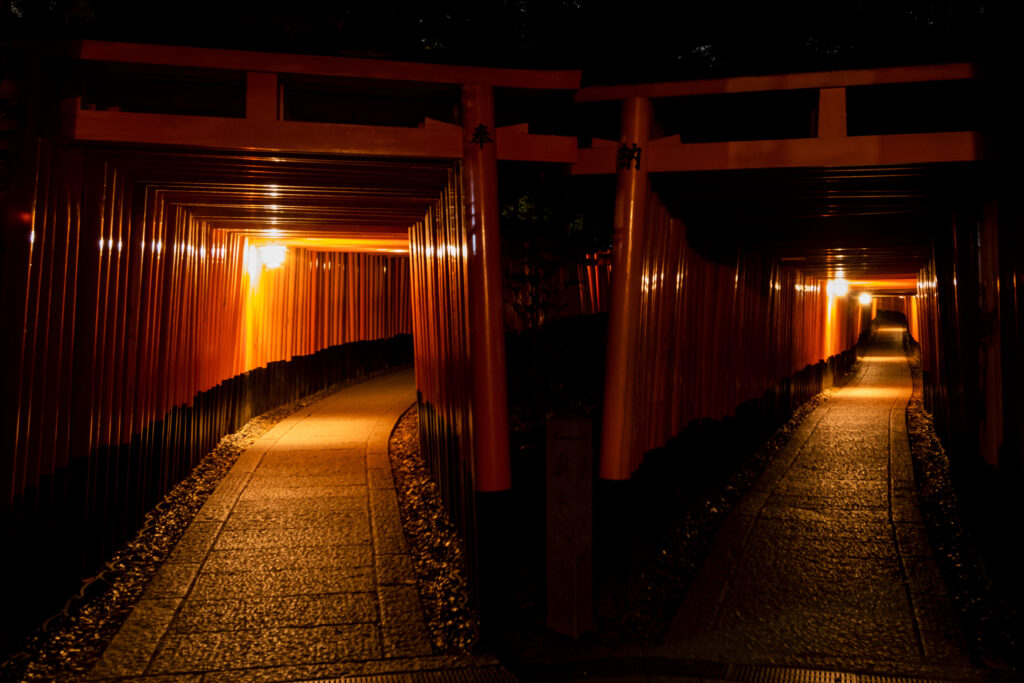
5. Access to Fushimi Inari Taisha
Fushimi Inari Taisha is conveniently accessible by train from Kyoto Station, taking the JR Nara Line to Inari Station. The shrine entrance is a short walk from the station, making it an easy visit for travelers. Additionally, Keihan Railway’s Fushimi Inari Station is nearby.
6. Hours and Fees
Admission Fees
Free
Opening Hours
Open 24 hours
Closed Days
No closed days
